Sri Lanka is blessed with an abundance of water resources, which include 103 rivers flowing radially from the central highlands to various regions of the country. For many of these rivers, watershed areas are located in the central highlands. Watersheds (also known as drainage basins/catchment areas) absorb rain water and feed it into streams that join to form rivers. The abundant vegetation in the central highlands helps rainwater to be absorbed, and is a perfect natural system that maintains these rivers throughout the year1. This is why land use in these areas had to be very carefully managed.
At the beginning of the last century, Sri Lanka had about 70% of land area under natural forests. However, this number has been reduced to around 20% due to various socio-economic reasons 2. Development is part and parcel of any civilization, however it’s a timely question in light of the recent natural disasters to ask ourselves – ‘At what cost?’
Unplanned development including ad hoc and haphazard land use changes are doing the exact opposite of providing basic needs of people in the long run. A key example is the recent flooding and landslides in Sri Lanka that affected 22 of 25 districts, destroying homes and submerging entire villages. 301,601 people were affected, with 203 people pronounced dead/missing3. A large number of people are still displaced, causing urgent health and sanitation issues in camps and temporary accommodation3. These disastrous effects of the high rainfall should have been buffered by the watershed areas in the central highlands where the majority of the rainfall was received.
Rainfall that is not absorbed into the soil forms surface run-off where the excess water flows along the surface of the land. In large quantities, this causes flooding. The ability of land to absorb precipitation and decrease surface fun-off is measured by the runoff coefficient (C). The runoff coefficient (C) tells us what proportion of the precipitation received is turning into surface run-off4. Large values of C signify high runoff and low infiltration – such as on pavements – while a low number signifies the opposite4. As seen in Figure 1, land use has a huge impact on the amount of run-off generated from precipitation. Forested land generates the least run-off, with various developmental changes generating more and more run-off. These parameters are key in understanding the recent flooding of the Kelani river.

Kelani river drains an area of 2,230 km2 and has a length of 145 km through Central, Sabaragamuwa, and Western Provinces and Nuwara Eliya, Ratnapura, Kegalle, Gampaha and Colombo districts. The watershed of the river, located in the central highlands (Ginigathhena, Hatton, Kithulgala, Maliboda) contributes about 70% to the total river discharge.
Rainfall in some areas of the Kelani river watershed– such as Kennylworth Estate – is as high as 5,000mm annually5. The entire watershed is located within an area that receives an annual rainfall of more than 3000mm. A century back, 90% of the land in the watershed was covered by montane, sub montane and lowland rain forests with a rich canopy. Rich canopy cover delays rain fall reaching the soil through stem and leaf interception, while rich soil layers aid infiltration of the precipitation. In this way, watersheds are extremely important in channeling precipitation to replenishing the ground water as opposed to generating run off.
Albeit being located in one of the highest precipitation zones of the country, flooding events in the Kelani river in the past were minimal due to natural flood alleviating mechanisms. Moreover, flooding didn’t affect the people in upper or lower reaches of the basin as long as the flood plain of the river was not encroached by illegal settlements. Floods were actually beneficial as they enriched the soil, allowing Gamphaha District to have the best conditions for growing fruit varieties including Rambutan and Pineapple due to its location in the floodplains.
However, gradual land use changes in the upper and lower reaches of the basin have resulted in the devastation we saw in May 2016. Taking a closer look at the watershed area of the Kelani river today, we can see minimal natural forest cover. Majority of the area is covered in tea, rubber, and paddy fields (Figure 2). This has caused the run off coefficient to more than double (Table 1). This means that run off is twice as much, infiltration into groundwater is halved and river flow in non-rainy months is also halved. This makes it hard to maintain the base flow of the river in droughts, and escalates generation of surface run-off which causes flash floods at intense precipitation events.
In addition to land use changes in the catchment area, the two main tributaries of the Kelani river (Kehelgamu Oya and Maskeli Oya) are dammed at many places for installation of small mini hydro power projects, in addition to main hydro projects located in Castlereigh, Mausakelle and Lakshapana. Some branches of these tributaries are subject to cascade of hydro projects, fragmenting forest cover, exposing slopes and depredating health of forest ecosystems.
Moreover, banks of the river have become less resilient to flash floods and land in the vicinity has become degraded due to sand and clay mining in the area7. Aggravating the problem are the settlements, industries and commercial establishments that have filled up natural flood plains, sometimes by settlers or developers, and sometimes by relevant authorities. Establishments like these imperil the lives and properties of people and restrict the natural flood alleviating mechanisms, which results in expansion of flood affected areas and flood duration, among many other repercussions.
With the highest precipitation zone in the country falling in an area that has been subject to extensive land use, the Kelani river basin provides a classic example of anthropogenic interventions inviting natural disasters. With the recent precipitation events, which have been with unusual intensity of more than 100 mm/24 hours, it should have been expected that a huge run-off would be created that would flood lower reaches of the river. While it’s true some deforestation took place in the colonial era, unperturbed destruction since then has been the key reason for today’s dilapidation. In the meantime, illegal deforestation taking place in state owned Protected Areas is yet to be addressed effectively.
As is the case with all watershed areas in Sri Lanka, improper management adversely affects provision of drinking water, agriculture, hydropower generation, and flooding in the downstream areas8. Climate change is expected to lead to a rise in sea level, higher temperatures, more frequent and prolonged droughts, and higher intensity rains. If the river and the drainage basin are left unattended, with the escalation of the number and intensity of extreme events as a result of climate change, we can expect more and more flood episodes during rainy season and droughts during the non rainy months8. Furthermore, poor land use management causes loss of precipitation to the sea that might would otherwise have been used to supply the demand for water8. The demand for water is only increasing, and such loss of precipitation will have negative impacts on the country’s water security in years to come.
Perhaps the recent floods are the wake-up call we needed to raise us from our development-driven coma. It’s just within the nick of time for all of us including government authorities to look back and rectify the naïve mistakes made in the past. Sri Lanka has been aware of the value of water resources from time immemorial. Let us not lose sight of the bigger picture now.
References:
- Hewawasam, T., (2010). Effect of land use in the upper Mahaweli catchment area on erosion, landslides and siltation in hydropower reservoirs of Sri Lanka. Journal of the National Science Foundation of Sri Lanka. Vol. 38:1, pp.3–14
- Sri Lanka UN REDD programme (2015). Drivers of Deforestation and Forest Degradation in Sri Lanka: Identification of Key Policies and Measures. Summary Report accesses through http://redd.lk/web/images/contents/document_centre/Final_DD_Summary_Completed.pdf on 01/06/2016
- OCHA (2016) Situation report No. 2, Sri Lanka: Floods and Landslides, United Nations Office for the Coordination of Humanitarian Affairs (OCHA). Accessed online http://reliefweb.int/sites/reliefweb.int/files/resources/OCHA%20ROAP_SL_Sitrep2.pdf on 6.62016
- (2011) Run-off Fact Sheet , The Clean Water Team Guidance Compendium for Watershed Monitoring and Assessment State Water Resources Control Board, 5.1.3 FS-(RC). Accessed online http://water.me.vccs.edu/courses/CIV246/table2b.htm on 6.6.2016
- Punyawardhana, B.V.R; (2008) Rainfall of Sri Lanka and Agro Ecological Zones. Department of Agriculture ISBN 978-955-9282-19-8 page 15,129
- Map prepared by Environmental Foundation Limited (EFL) Using 2004 Land Use Data
- Dissanayake, C. B., and Rupasinghe, M. S., (2007) Environmental impact of mining, erosion, and sedimentation in Sri Lanka. Internal Journal of Environmental Studies Vol. 51:1, pp. 35-50
- Elakanda, S., (2010) How can Mahaweli & Kala-Oya Basin Managers in Sri Lanka improve water security for the future through better IWRM and water governance? Discussion paper for a study visit in Spain organized by ADB, NARBO, Tecniberia, and Ministerio de Economía y Hacienda, Government of Spain. Accessed online http://www.tecniberia.es/jornadas/documentos/papers/11_ELAKANDA%20DON%20CLEMENT%20SUDHARM_PAPER.pdf on 6.6.2016
[mk_button dimension=”three” size=”medium” outline_skin=”dark” bg_color=”#00c8d7″ text_color=”light” icon=”” url=”https://efl.lk/v2/wp-content/uploads/2016/06/EFL-NEWS_Need-More-Natural-Disasters-to-Wake-Up.pdf” target=”_self” align=”left” id=”Buton ID” margin_top=”0″ margin_bottom=”15″]Download PDF version[/mk_button]

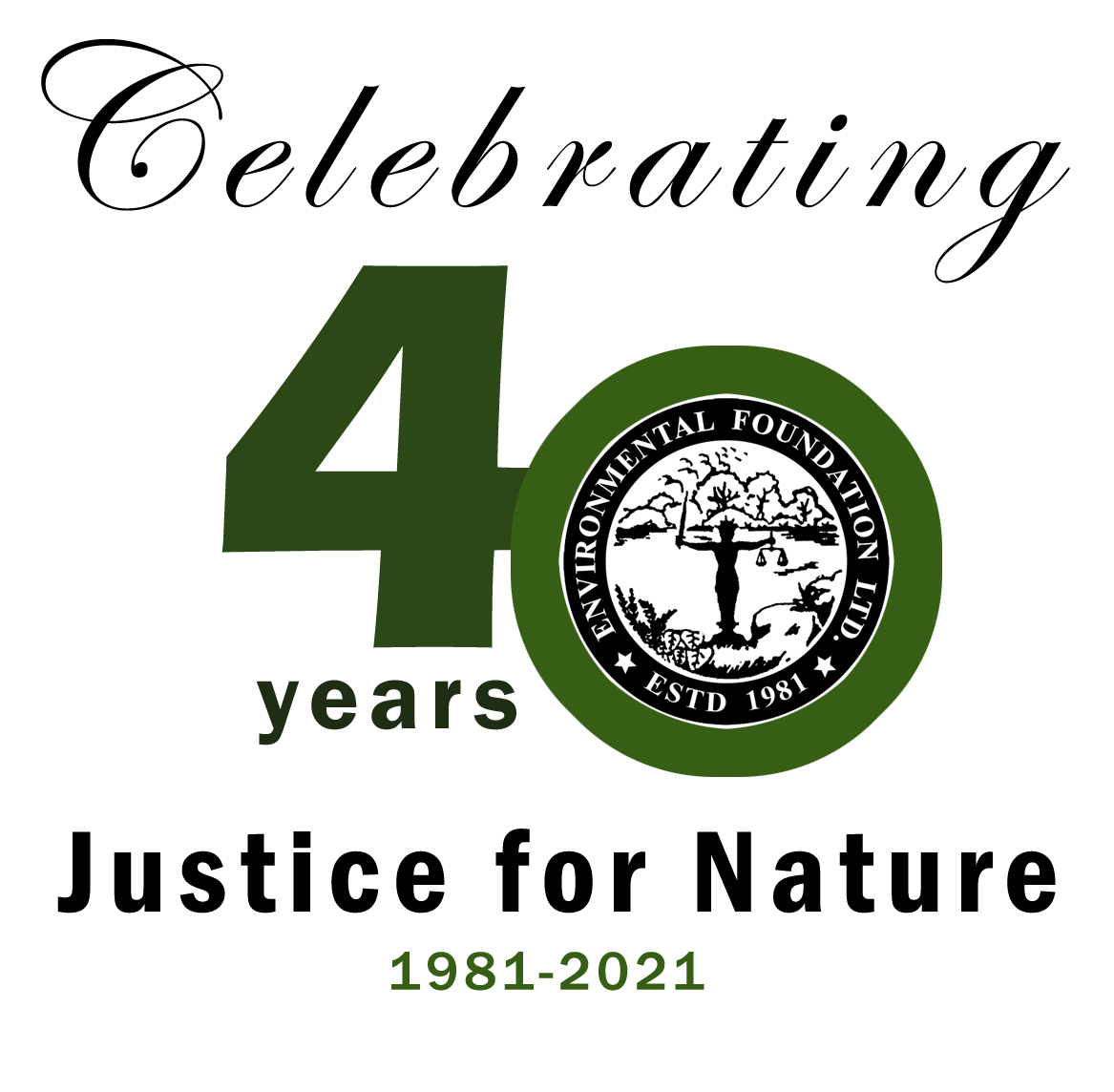

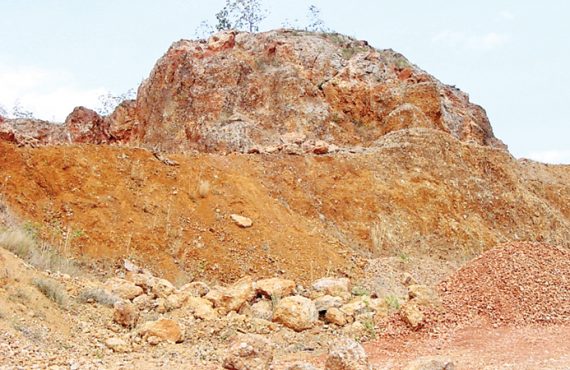
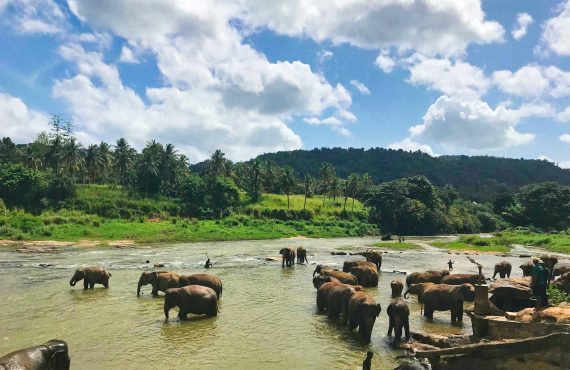
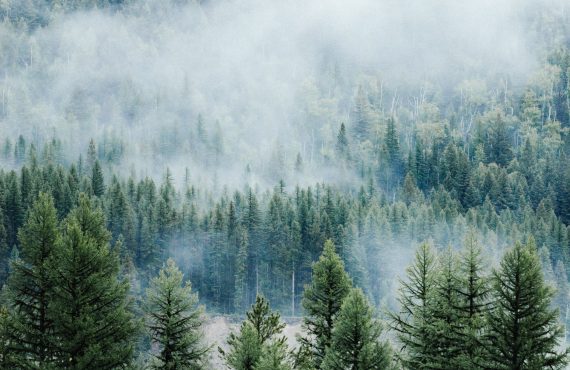




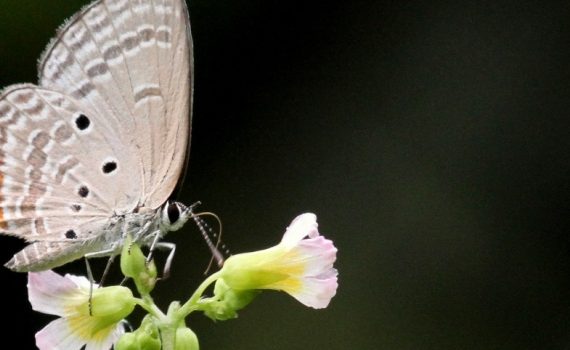
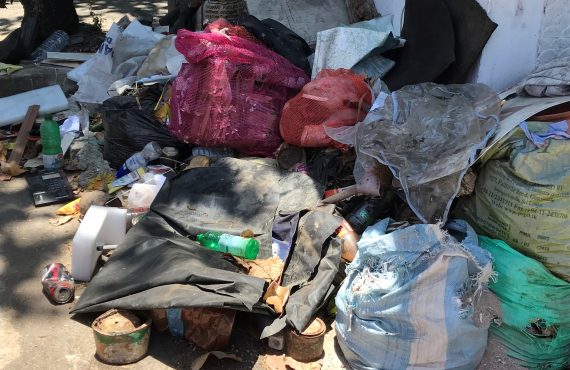


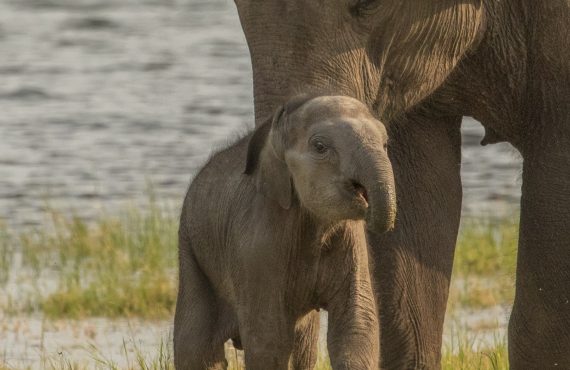







No comments yet.